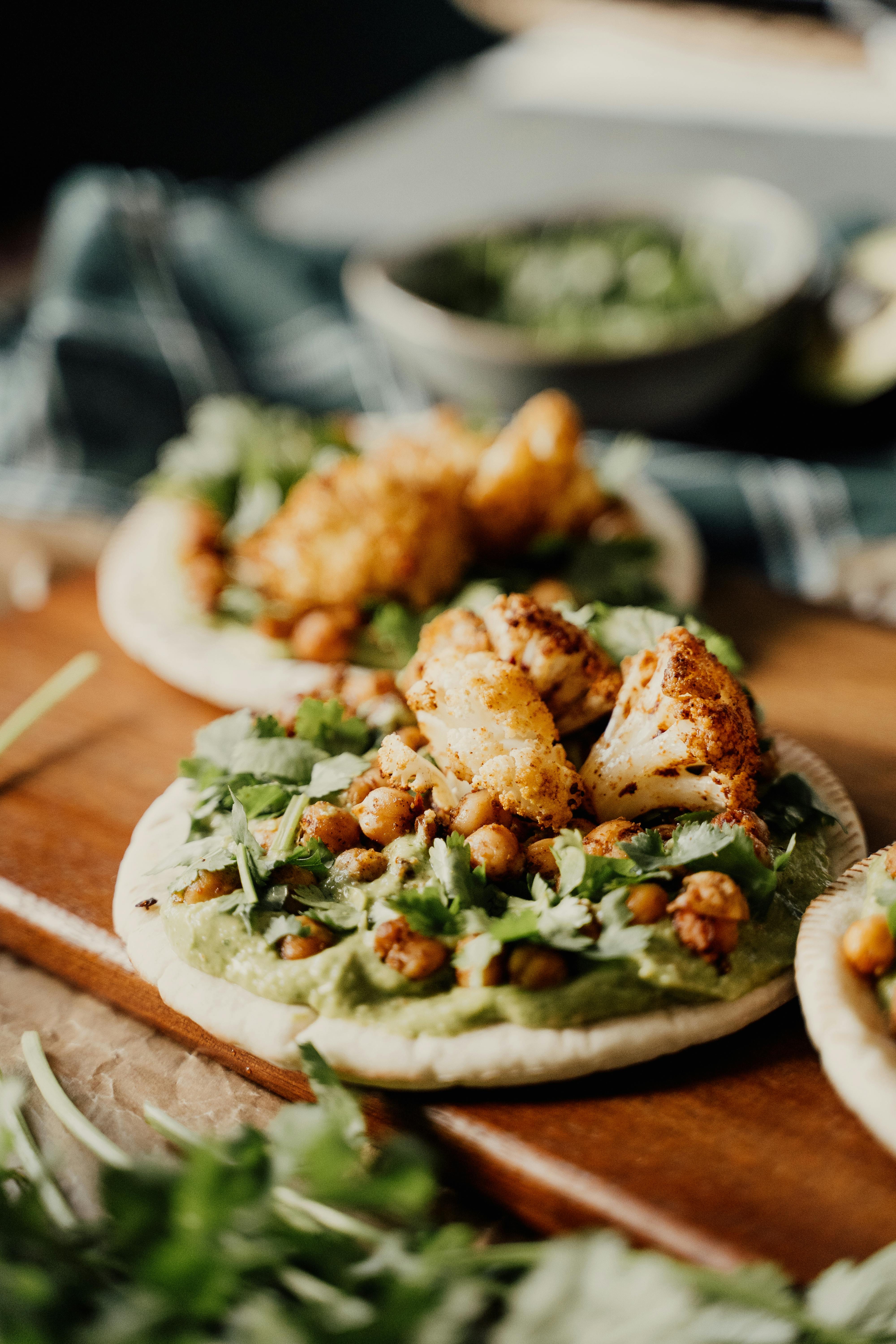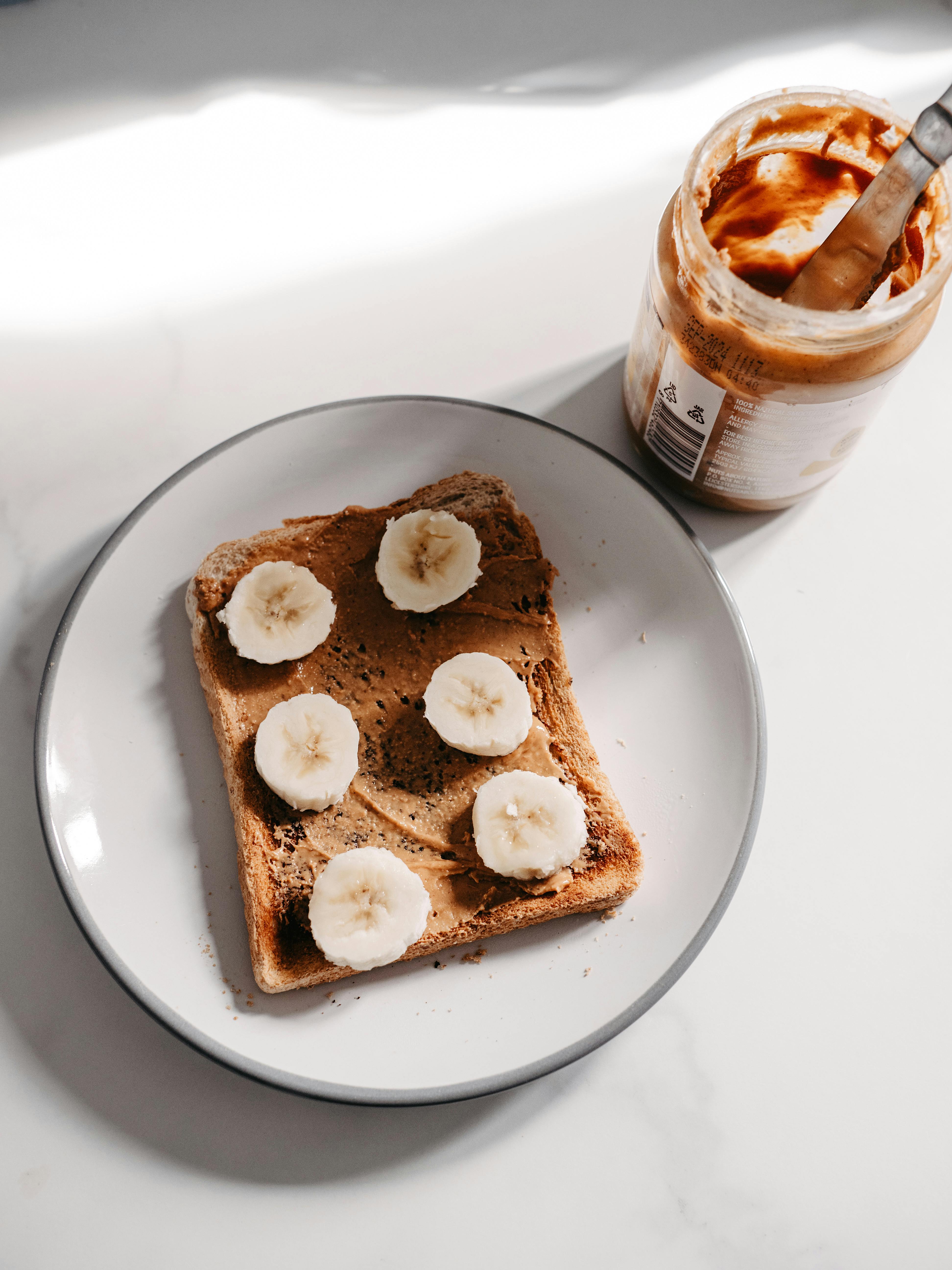Plant-Based Protein Snack Recipes: Top Healthy Brazilian Favorites
Let me set the scene. It’s late afternoon, a coastal breeze whispers through open windows in Salvador, and you’re craving something that will actually fill you up (not just a burst of sugar or boring piece of toast). Snack time in Brazil is vibrant, unpretentious, and, these days, increasingly plant-powered! Striking a balance between authentic taste, tradition, street food vibes, and solid nutrition is, frankly, what I’ve admired most about Brazilian kitchens since my first trip there in 2010. There’s this wild, ingenious way locals fold pulses, grains, seeds, and nuts into mighty snacks that keep you full and, honestly, spark a kind of childlike joy. I’ve made—and sometimes, honestly, botched—a lot of these myself. But every failed batch taught me something surprising.
Why am I so passionate about plant-based protein snacks? Let’s be real—I’ve clocked countless hours coaching clients frustrated by low energy, hunger spikes, and bland food routines. Turns out, Brazil’s popular snacks hold powerful answers for both flavor chasers and nutrition nerds. The numbers back this up: according to 2023 research, Brazil’s flexitarian and vegan population continues to boom, pushing traditional snacks to new, health-conscious highs1. More than half of Brazil’s population reports regularly eating meatless snacks by choice2.
Brazil is the world’s largest producer of black beans and one of the leading exporters of cashews and peanuts—a powerhouse for native, protein-rich, plant-based snacking ingredients!
Over the past decade, I’ve tasted my way across different states—from Rio’s bustling juice bars to small-town street stalls in Minas Gerais. What really struck me (besides how seamlessly plant proteins are worked into local “lanche” culture) was the creativity: adapting everything from feijão (beans) and chickpeas to tapioca pearls and even jackfruit into high-protein, super-satisfying bites. These aren’t just healthy—they’re practical, budget-friendly, and add authentic color to any snacking routine.
Why Plant-Based Snacks Are So Popular in Brazil
Ever wondered why Brazil, a country renowned for its churrasco grills, is suddenly a mecca for high-protein vegan snacks? I used to wonder about that myself, until chatting with a nutritionist friend at the Central Market in Belo Horizonte. Turns out, there are several key reasons:
- Abundant native plant proteins: Beans, peanuts, and cashews are already cultural staples.
- Street snack innovation: Food stalls embrace creative, affordable, veg-forward twists.
- Health movement: Brazilian research shows a surge in consumers seeking both wellness and sustainability3.
- Global influence: Social media, urban vegan cafes, and new cookbooks spark plant-based curiosity—even among omnivores.
Personal Insight:
The thing is, you don’t have to be vegan (I’m not) to love these snacks. After years coaching clients craving healthy convenience, I’ve learned: plant-based Brazilian snacks excel because they’re satisfying, make-ahead friendly, and (best of all) never taste like bland “diet” food.
Understanding Plant Protein in Brazilian Snacks
Let’s get nerdy for a second. Protein = energy + satiety + cell repair. But in Brazil? Protein isn’t some sterile, clinical supplement. It’s the backbone of local heritage food, thanks to ingenious uses of beans (feijão preto, carioca, fradinho), groundnuts, and sunflower seeds—not to mention soy derivatives that have soared in recent years4.
Honestly, my early attempts at “high-protein” snacking back home tasted like cardboard compared to the flavors I found on Rio’s streets. That’s why these recipes (and the ingredients behind them) matter—they combine health with tradition, taste, and, yes, the kind of protein that powers you through long afternoons.
Core Ingredients: Your Brazilian Plant Protein Pantry
Before diving into recipes, let’s take stock. After years experimenting (and rifling through more than a handful of Sao Paulo supermarket aisles), I always keep these staples on hand for making Brazilian-style protein snacks:
- Beans (black, carioca, fradinho): The heart of countless Brazilian snacks.
- Roasted peanuts & cashews: Native to Brazil and packed with protein.
- Sunflower & pumpkin seeds: Nutrient-dense, crunchy snack toppers.
- Tapioca flour (goma): For chewy, cheese-free “pão de queijo.”
- Chickpeas: Not traditional, but exploding in modern “coxinha” and bolinhos de grão-de-bico.
- Plantains & sweet potatoes: For energy-rich, portable snacks.
- Jackfruit (jaca): For shredded “meaty” textures.
Later on, I’ll break down my five game-changing, protein-packed snack recipes—each drawn from real-life Brazilian markets and roadside stalls, adapted for maximum home-cook success.
5 Top-Rated Brazilian Plant-Based Protein Snack Recipes
I’ve tested dozens—really, dozens—of popular Brazilian plant-based snacks over the years. Some flopped (ever tried overcooked black bean brownies? I don’t recommend), but five have stayed on my weekly rotation for years. Here’s the lineup that repeatedly wowed friends, clients, and my own skeptical taste buds. Each snack here packs a major protein punch, keeps you full, and is 100% vegan and gluten-free adaptable.
-
Tapioca “Pão de Queijo” (Cheese-Free, Chewy Rolls)
Protein: 6g per roll- 1 cup tapioca flour
- ½ cup unsweetened soy yogurt
- ¼ cup nutritional yeast
- 2 tbsp olive oil or coconut oil
- Salt, a pinch turmeric & black pepper
Culinary tip: Don’t overmix or they get gummy. I learned this the hard way. -
Crispy Baked “Feijão” Patties
Protein: 7g per patty- 1 cup cooked black beans
- ½ cup cooked quinoa
- 2 tbsp ground flaxseed
- ½ medium onion, chopped
- 2 tbsp chopped cilantro or parsley
- Spices: cumin, smoked paprika, black pepper
Variation: Swap beans for cooked lentils or fradinho (black-eyed peas) for regional flavor. -
Coxinha de Jaca (Jackfruit “Chicken” Bites)
Protein: 6g per 3 bites- 1 cup young jackfruit (shredded)
- ½ cup mashed potatoes (or cassava for authenticity)
- 1 tbsp olive oil
- Salt, paprika, chopped parsley
-
Spicy Chickpea Bolinhos
Protein: 8g per 2 balls- 1 cup cooked chickpeas
- ½ cup oats
- 1 clove garlic
- Chopped parsley
- Chili powder, salt, black pepper
-
Nutty Amazonian Energy Bars
Protein: 9g per bar- ⅔ cup roasted peanuts
- ⅓ cup cashews or Brazil nuts
- ⅓ cup dried açaí or goji berries
- 2 tbsp maple syrup or agave
- 1 tbsp chia seeds
Expert Tip:
Don’t be afraid to swap out ingredients—use what you have! Field peas for fradinho, regular oats instead of cassava, sunflower seeds for expensive cashews. Authenticity comes from spirit, not ingredient snobbery.
Tips, Mistakes, and Pro Techniques
- Don’t overbake snacks: Roasting beans and nuts? Ten minutes too long and you’re left with dry, flavorless bites (been there, regretted that). Set timers and check doneness early.
- Texture is everything: Avoid “paste.” Leave some chunky beans in patties and don’t over-mix tapioca dough.
- Embrace local flavors: Even urban snack bars use loads of parsley, onions, and regional peppers for punch—don’t skimp on aromatics.
- Storage matters: Most of these snacks can be frozen or keep in the fridge for up to five days.
- Don’t fear spices and acid: When in doubt, finish with a squeeze of lime and a sprinkle of flaky salt.
My Biggest Learning:
Early in my plant-based journey, I treated snacks like “light” meals, but Brazilian snacking taught me to value the emotional, social, and textural sides. Snack with joy, not just discipline.

Nutrition, Sustainability & FAQs
I’ll be upfront—nutrition and sustainability go hand in hand in the Brazilian snacking world. What really excites me about these recipes isn’t just their protein numbers, but their nutritional profile: fiber for gut health, micronutrients from nuts and pulses, and stable energy thanks to low glycemic ingredients. Recent studies show that consuming plant-based proteins, especially from beans, nuts, and whole pulses, reduces chronic disease risk and improves satiety5. Plus, sourcing local pulses and nuts slashes your food footprint, something Brazil is leading on—though big agriculture still has challenges6.
- Satiety & Energy: Beans, chickpeas, and nuts deliver steady, lasting energy—think late-afternoon cravings sorted.
- Vitamins & Minerals: Folate, iron, zinc, and selenium are abundant point for point compared to animal protein.
- Digestive Health: These snacks boost gut flora and reduce spikes from “empty calorie” options7.
- Allergy Friendly: Nearly every recipe is free of gluten, dairy, and can be made nut-free with simple swaps.
Quick FAQ:
Q: Are these snacks good for kids?
Absolutely. They’re nutrient dense, easy to chew, and can be adapted for small hands—my niece adores feijão patties with sweetcorn mash.
Q: Where can I find Brazilian ingredients?
Most big city supermarkets now carry tapioca, black beans, and jackfruit. Specialty Latin American or bulk stores often stock the rest.
Q: Can I freeze them?
Yes—most recipes freeze well (up to 2 months for patties/cakes, 1 month for energy bars).
Social, Cultural and Regional Perspectives
I’ll be honest, regional variation is half the fun here. In Salvador, you might score “acarajé vegano”—bean fritters traditionally fried in dendê oil, now filled with spicy black-eyed pea mash or jackfruit instead of shrimp. Down south in Porto Alegre? Grilled, nut-studded breads borrow ideas from indigenous Guarani foodways. There’s this amazing interplay between climate, region, and available crops. I once spent a rainy week in Belém experimenting with Pará nuts and açaí pulp bar variations—I still haven’t landed the perfect recipe, but it’s on my culinary bucket list.
- North: Açaí, Brazil nuts, cassava
- Central: Beans, corn, seed clusters
- Coastal cities: Tapioca rolls, protein toasties
- South: Peanut-based cakes, seed breads
Regional Insight:
Snack culture in Brazil is all about adaptation. Everyone’s grandma (or “vovó”) has a secret recipe tweak—switching potato for cassava, pulsing in chili, or sneaking in sunflower seeds.
Sustainable Choices: The Environmental Impact
Here’s a tidbit that stuck with me: compared to beef-based protein snacks, a single portion of Brazilian bean or nut snacks results in 70-85% lower greenhouse gas emissions9. Brazilian agronomists argue that with proper crop rotation and sustainable harvesting, the future of plant-based snacking could keep vast tracts of the countryside green.
The Amazon basin is not just a source of nuts and fruits—indigenous communities have perfected sustainable nut harvesting for thousands of years, ensuring biodiversity while producing powerful, protein-rich snacks.
It’s worth mentioning: while most products are grown responsibly, there’s still work to do on pesticide reduction and fair producer pay. Always double-check labels for “certified fair trade” or “organically farmed” if possible.
Call to Action:
Want to actually change your snacking game while helping the planet? Try one new recipe this week—then share how you adapt it to your region.
Final Thoughts: Real-Life Impact and Next Steps
I’ll wrap with something personal—every plant-based snack recipe here is more than just a “better protein” choice. For me, they’re miniature invitations to the generosity, creativity, and fun that I’ve experienced in real Brazilian kitchens—a way of eating that’s as much about connection as nutrition. Whether you’re cooking for family after a long workday, prepping for the week ahead, or simply trying to swap out one ultra-processed snack for something genuinely energizing, these recipes deliver.
What’s remarkable, looking back, is that every time I share one of these snacks at gatherings—especially with those skeptical friends who can’t imagine enjoying beans outside of soup—there’s this quiet “aha” moment at first bite. Most admit (reluctantly or enthusiastically!) how much more satisfying and deeply flavorful these snacks are compared to the bland, packaged stuff lining supermarket aisles. If it hasn’t happened to you yet, I genuinely hope it does soon.
Take Action:
Ready to transform your snack routine? Start simple: pick one core ingredient from the pantry list and make a batch for the week. Share your wins (or hilarious flops) with your friends, and keep tweaking—that’s what everyone in Brazil does. Change, after all, tastes best when it’s shared.
References



